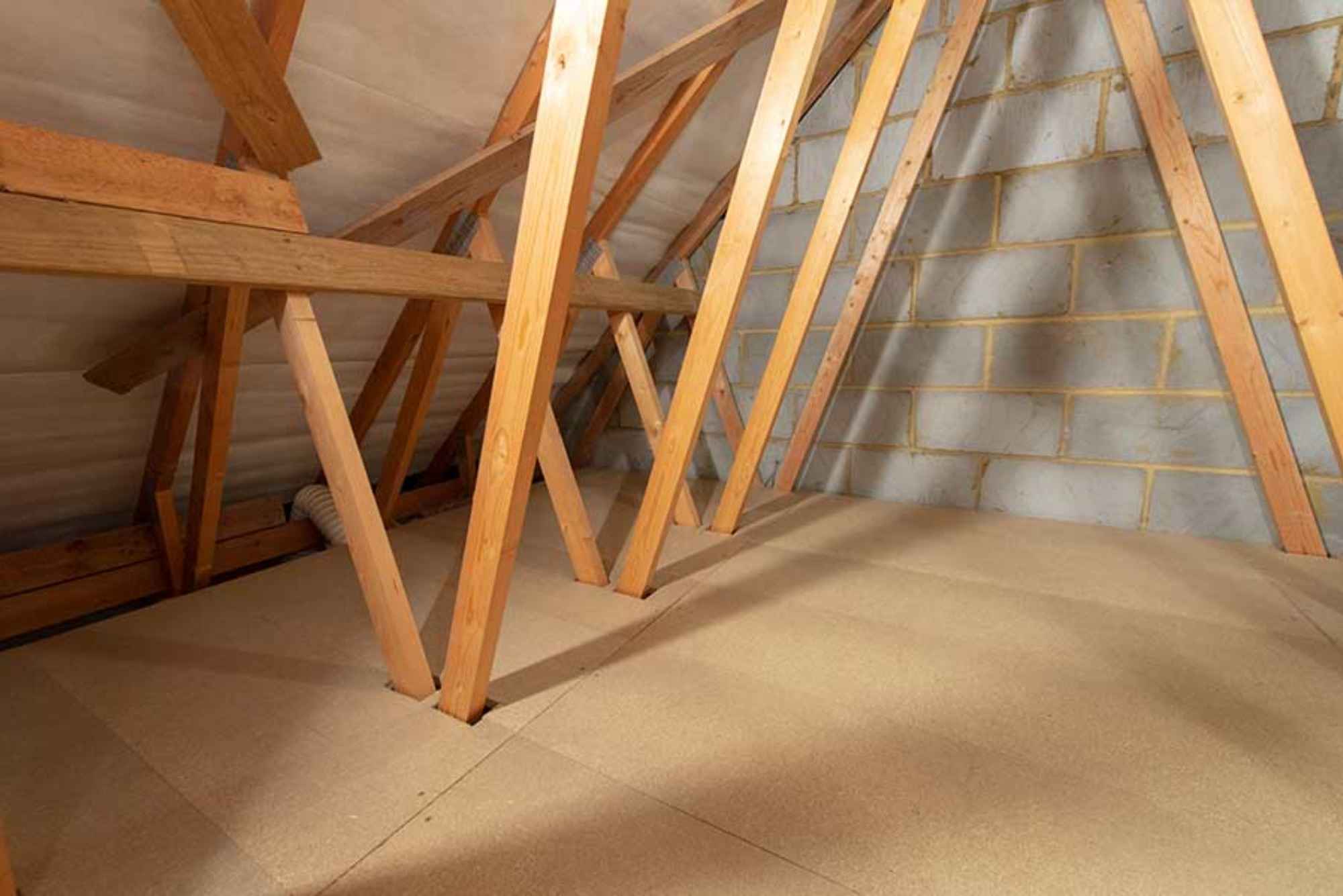When it comes to saving on energy costs, many homeowners are constantly looking for practical ways to reduce their monthly heating bills. One often overlooked solution is loft flooring, which can play a crucial role in improving a home’s energy efficiency. In this article, we will explore the relationship between loft flooring and reduced heating bills. We’ll also dive into the importance of loft boarding, how it works, and the potential savings you could achieve by incorporating this simple yet effective upgrade into your home.
What Is Loft Flooring
Before we can understand how loft flooring can save you money on heating, it’s essential to define what loft flooring actually is. Simply put, loft flooring refers to the installation of a solid surface on top of your loft or attic space. This typically involves laying boards across the ceiling joists of your loft, providing a stable and usable floor surface. Not only does it make your loft more accessible for storage, but it also offers several other benefits that can positively impact your home’s overall energy efficiency.
Loft boarding, on the other hand, is the process of securing these boards in place to create a safe, level floor in your attic space. This ensures that the loft area is sturdy and ready to handle the weight of stored items. While loft boarding is primarily for organizational purposes, it also plays a key role in your home’s insulation and temperature regulation.
How Does Loft Flooring Affect Heating Bills
Insulation Benefits
One of the main benefits of loft flooring is its ability to enhance the insulation of your home. Loft spaces are often a major source of heat loss in many homes. Without proper insulation, heat can escape through the attic, leading to higher energy consumption as your heating system works harder to maintain a comfortable temperature.
By installing loft flooring, you can add an additional layer of insulation to your home. The boards used for loft flooring can help trap warm air inside the living areas of your home, preventing heat from escaping through the roof. This helps to maintain a consistent temperature throughout the house, reducing the need for excessive heating.
Airflow and Ventilation
Proper ventilation is essential for maintaining a healthy, energy-efficient home. However, a poorly ventilated loft can lead to moisture build-up and poor airflow, which can affect the overall temperature regulation. Loft flooring helps to create a more organized and stable environment in the loft, which can support better airflow and ventilation.
When combined with proper insulation, loft boarding helps regulate the temperature in the loft, preventing it from becoming too hot or too cold. This reduces the likelihood of energy waste, ensuring that your heating system can maintain a more consistent temperature without overworking.
Heat Retention
Heat retention is another key factor when considering how loft flooring can impact heating bills. Without a solid floor in the loft, heat can rise through the attic and escape through the roof. By installing loft flooring, you create a barrier that helps retain the heat within the living areas of your home. This can significantly reduce the amount of energy needed to maintain a comfortable indoor temperature, resulting in lower heating costs.
The Role of Loft Boarding in Energy Efficiency
Adding Insulation Underneath the Floor
In addition to the floorboards themselves, many homeowners choose to add insulation underneath the loft flooring. This can be in the form of rolled insulation or spray foam, both of which are designed to prevent heat loss from the attic. By placing this insulation underneath the loft flooring, you can ensure that heat is trapped within the living spaces below, further reducing the need for extra heating.

Loft Boarding for Storage and Space Efficiency
Beyond the energy-saving benefits, loft boarding makes your loft more usable. Instead of having a dusty, difficult-to-access space above your ceiling, a boarded loft becomes an ideal area for storage. The ability to store seasonal items, boxes, or even belongings that don’t need to be accessed regularly frees up space in other parts of the house. This can contribute to better organization and reduce the overall clutter in your home.
Preventing Heat Loss in Older Homes
Older homes, in particular, can benefit from loft flooring and loft boarding. Many older homes were not built with modern insulation standards, which means they are more likely to have drafts and gaps where heat can escape. By installing loft flooring, homeowners can close off these gaps and prevent heat from dissipating through the attic, which is especially important in older homes that are already difficult to keep warm.
How Much Can You Save on Heating Bills
The amount you can save on your heating bills by installing loft flooring will depend on several factors, including the size of your home, the insulation quality, and the energy efficiency of your heating system. However, studies have shown that homeowners who install loft boarding and add insulation can save up to 25% on their heating costs. This translates into significant savings over time, making the initial investment in loft flooring well worth it.
Example Savings Calculation
| Home Size | Average Heating Bill (Before Loft Flooring) | Average Heating Bill (After Loft Flooring) | Potential Savings |
|---|---|---|---|
| Small | $1,000 | $750 | $250 |
| Medium | $1,500 | $1,125 | $375 |
| Large | $2,000 | $1,500 | $500 |
As shown in the table above, the savings can be substantial, especially for larger homes. Even with a modest investment in loft flooring and loft boarding, the savings on heating bills can quickly add up.
Other Benefits of Loft Flooring
Improved Comfort
With better insulation and heat retention, your home will feel warmer and more comfortable during the colder months. You won’t need to rely on additional heating sources or cranking up the thermostat, which can save you money in the long run. Additionally, loft flooring creates a more stable indoor temperature, reducing the fluctuations in heat that often make rooms feel colder or warmer than they should be.
Reduced Carbon Footprint
By installing loft flooring and improving the insulation in your loft, you are not only saving money on heating bills but also reducing your carbon footprint. Heating systems that are overworked consume more energy, which results in higher carbon emissions. By making your home more energy-efficient, you are doing your part in reducing your environmental impact.
Increased Property Value
Homes that are energy-efficient tend to have a higher resale value. Potential buyers will appreciate the improvements made to the home, especially when it comes to energy savings. A well-insulated home with loft flooring can be an attractive selling point, especially in areas with cold winters. The investment in loft boarding can therefore pay off when it’s time to sell your home.
In conclusion, loft flooring and loft boarding offer significant benefits when it comes to reducing heating bills. By improving the insulation, heat retention, and airflow in your home, loft flooring can help prevent energy waste and lower your heating costs. Additionally, loft flooring makes your loft more usable for storage, adds value to your property, and contributes to a more comfortable and energy-efficient living environment. If you’re looking for a cost-effective way to save on your energy bills, loft flooring is a smart investment that can pay off for years to come.



